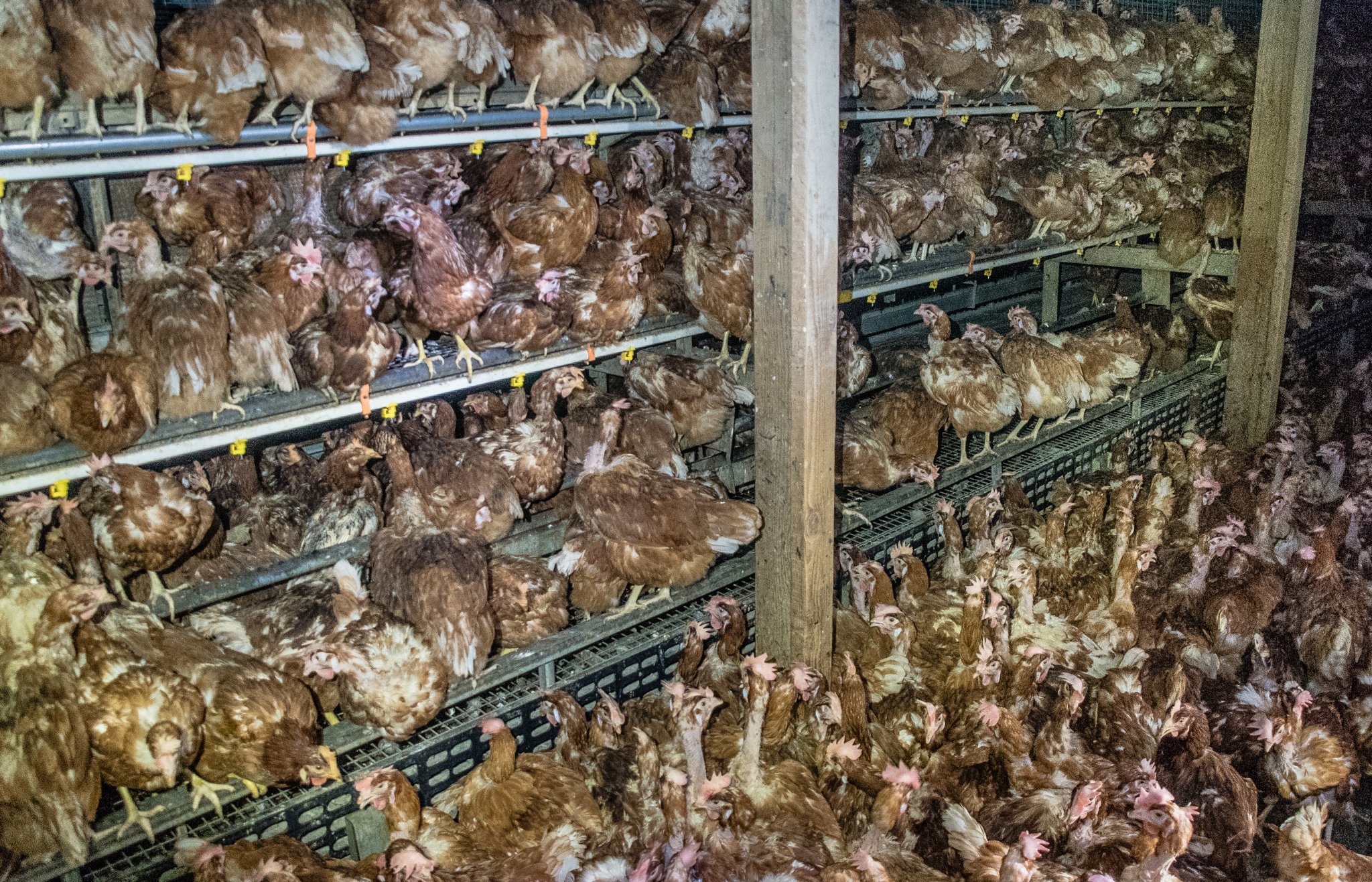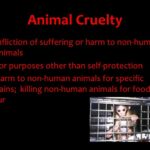The egg industry has long been a subject of contention for those who advocate for animal rights. While consumers generally perceive eggs as a benign product, the stark reality hidden within industrial farming practices presents a troubling narrative that demands scrutiny. The implications of these practices transcend mere economics; they reveal a systematic disregard for the welfare of hens, subjects of exploitation in a relentless quest for profit. This examination delves into the operational dynamics of the egg industry and exposes the extensive cruelty that lies beneath its surface.
Firstly, it is essential to understand the various types of egg production systems that prevail in the industry. The predominant systems include conventional cage farming, cage-free environments, and organic pastured operations. Each method presents a spectrum of animal welfare issues that merit exploration. Conventional cage farming, which houses hens in battery cages, is a glaring example of cruelty. These facilities confine multiple hens in spaces so restrictive that they are unable to engage in instinctual behaviors such as nesting, perching, or even stretching their wings. The sheer confinement can lead to severe psychological distress, resulting in aggressive behaviors between hens, with some even resorting to cannibalism due to heightened stress levels.
Despite the growing consumer demand for more humane practices, the so-called “cage-free” systems are not as idyllic as the term may suggest. While these facilities allow hens more space to move compared to battery cages, they still fall short of providing an optimal environment for the birds’ well-being. In many cage-free operations, hens are often housed in overcrowded barns where conditions can become disturbingly unsanitary. This creates a breeding ground for diseases, and the lack of enriched environments further exacerbates stress levels, leading to yet more aggressive and harmful behaviors among the flock.
The organic pastured systems, marketed as the more humane alternative, raise their own unique concerns. Although these systems claim to provide hens with outdoor access, the reality often reveals that access is minimal and not representative of a natural habitat. Many so-called “free-range” hens spend the majority of their lives indoors, and when they do have outdoor exposure, it is often limited to barren, uninviting environments that fail to fulfill their innate behavioral needs. Moreover, the conditions under which these birds are transported and slaughtered continue to reflect a culture of indifference to animal suffering, thereby undermining the purported ethical standards of organic farming.
One of the most harrowing aspects of the egg industry lies in its approach to reproductive management. To maintain a steady supply of eggs, hens are subjected to an arduous cycle of forced molting and mass culling. Forced molting, often triggered by starvation or excessive light manipulation, can be detrimental to the health of the hens. Subsequently, those hens that are deemed unproductive are often culled in inhumane ways, adding a further layer to the cycle of cruelty that envelops the egg production process. Such practices illustrate a relentless prioritization of profit over ethical considerations.
A significant aspect of the egg industry is its manipulation of public perception through marketing strategies that emphasize ethical claims, while the underlying reality tells a different story. Terms like “humane,” “cage-free,” and “organic” frequently appear on packaging, creating an illusion of welfare while obscuring the less savory truths about animal care in industrial facilities. This is a calculated psychological maneuver aimed at appealing to the conscientious consumer, often misleading them about the true nature of hens’ circumstances.
Moreover, the ecological impact of the egg industry cannot be overlooked. The extensive resources required for mass egg production contribute to environmental degradation. Deforestation for feed crop production, greenhouse gas emissions, and water pollution are just a few of the consequences that reverberate beyond the walls of hen houses. These environmental ramifications complicate the ethical discussion surrounding egg consumption, challenging consumers to consider their choices in a broader context.
Legislative efforts aimed at reforming the treatment of farmed animals have made some headway, yet there remains a vast chasm between public sentiment and policy. Many consumers are ardent advocates for animal welfare, yet little substantial change has been enacted to overhaul the systemic practices prevalent in the egg industry. The political and economic power wielded by agribusiness often stymies reform initiatives, perpetuating a cycle of exploitation that continues unabated.
Ultimately, awareness is a critical component of sparking change. By understanding the realities faced by laying hens, individuals can make more informed choices that align with their ethical beliefs. Supporting local, humane alternatives to traditional egg production or seeking out plant-based substitutes not only fosters compassion but also contributes to a larger movement against animal exploitation.
In conclusion, the egg industry is riddled with complexities that are often obscured by marketing and consumer convenience. The multifaceted nature of animal cruelty, from confinement to reproductive management, demonstrates a disturbing neglect for the lives of these sentient beings. As advocates for animal welfare continue to challenge the status quo, it is crucial for consumers to remain vigilant, informed, and proactive in their choices. Instead of turning a blind eye to the distressing realities of the egg industry, we must confront these uncomfortable truths and strive for a more humane future.









